Yates American Persimmon Tree
Description
About the Yates American Persimmon Tree
A delicious cold-hardy native with deep roots in the Midwest. The Yates American Persimmon Tree (Diospyros virginiana ‘Yates’) is a fast-growing, self-pollinating variety prized for its sweet, smooth-textured fruit and impressive adaptability. Originally discovered in Indiana, it remains a favorite for both home gardeners and orchard growers across the U.S.
New to persimmons? Learn everything you need to know in our How to Grow Persimmon Trees guide.
Yates produces small to medium-sized fruit that ripens in early September, earlier than many other American persimmon varieties. When fully soft and ripe, the fruit offers a rich, sweet flavor with apricot-like notes—perfect for fresh eating, drying, or baking into fall desserts.
This variety thrives in a wide range of conditions, showing excellent cold hardiness (to Zone 4) as well as tolerance for heat and humidity. It’s also pest- and disease-resistant, making it a low-maintenance choice for organic and sustainable gardens.
Why You’ll Love It
- Self-pollinating — no second tree required, but planting another American persimmon can increase yield
- Cold-hardy to USDA Zone 4; also heat-tolerant for southern growers
- Fast-growing tree reaches 35–50' at maturity
- Sweet, astringency-free fruit when fully ripe
- Excellent for fresh eating, preserves, drying, or baking
This tree’s upright form and glossy green foliage also add seasonal beauty to landscapes, especially when the bright orange fruit contrasts against autumn leaves.
Note: Our persimmon trees are grown in EZ Start® pots, which allow the roots to self-air prune and redirect energy to producing a dense mass of feeder roots. The main tap root will begin forming once planted in its permanent location, and will fully develop over the next 2–3 years.
Survival Guaranteed!
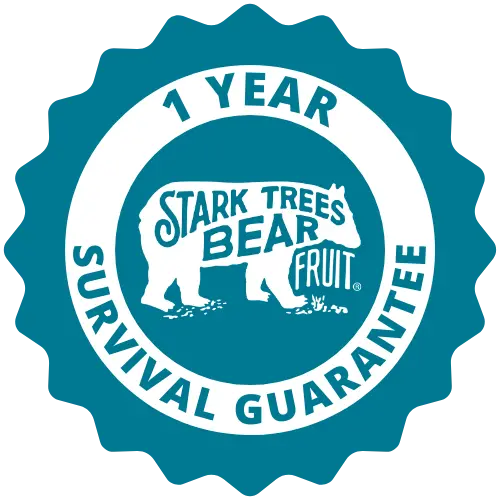

Since 1816, Stark Bro’s has promised to provide customers with the very best fruit trees and plants. It’s just that simple. If your trees or plants do not survive, please let us know within one year of delivery. We will send you a free one-time replacement, with a nominal shipping fee of $9.99. If the item in question is not available, we can issue a one-time credit to your account equaling the original product purchase price or issue you a refund. Read more about our warranty policy.
Characteristics
| Bloom Color | White |
| Fruit Color | Orange |
| Fruit Size | Medium |
| Hardiness Zone Range | 4 - 10 |
| Pollination | Self-Pollinating |
| Ripens/Harvest | Early September |
| Shade/Sun | Full Sun |
| Soil Composition | Loamy |
| Soil Moisture | Well Drained |
| Soil pH Level | 6.0 - 7.0 |
| Taste | Sweet |
| Texture | Firm |
| Years to Bear | 3 - 4 |
Size & Spacing
Mature Size
Recommended Spacing
Zone Compatibility
Pollination
This variety is self pollinating.
Tools & Supplies
Planting & Care
Learn all about how to grow persimmon trees in The Growing Guide. An entire section of our website dedicated to your growing success.
Shipping Information
Arrives when it's time to plant
Questions & Answers
We'd recommend you do a soil acidity test. Persimmons like their pH between 5.8 and 6.5. If the soil is too "sweet" or alkaline, the trees will usually show stunted growth. You might just need a little soil acidifier, that's all. If your reading is too low, you'll need to adjust the pH with some lime.
I've had the same problem with my Yates American Persimmon. It's a beautiful tree, great shape and has bloomed now for over 3 seasons but no fruit. The blooms seem very small. I'm afraid that it's not actually a Yates and is a male variety of another American Persimmon. I've been trying to look up photos of the blooms of the Yates but haven't had much luck in my searching. I just find photos of the fruits and other variety's blooms.
Yes, it is like bread pudding. We love it. PERSIMMON PUDDING
Modified by Dr Rob Milligan (Cleveland, GA) from an old North Carolina recipe provide by my aunt, Jean Leach Hazzard from Trinity, NC
2 – Cups Persimmon Pulp (seedless, we use a food mill to separate)
2 – cups sugar
2 – cup flour (Aunt Jeans recipe called for 1 cup flour, it seemed too runny)
1 - cup milk
½ -cup butter milk
¼ -tsp soda
½ -tsp baking powder
1 - tsp vanilla
¾ -stick butter (once I left the butter out without any problem)
4 -eggs beaten
1 -tsp salt
1 -tsp cinnamon
1 -tsp nutmeg
½ -tsp cloves
½ -tsp Anise Extract (Rob’s addition)
Mix all dry ingredients together, add eggs, milk, vanilla, butter
Stir in persimmon pulp. Wild persimmons are the BEST! You may use ripened oriental persimmons but they are not as good.
Bake at 350 degrees for 45 minutes
Makes one large pudding or two smaller ones. Consistency of a “bread pudding”.
Robin: This recipe came from my Grandmother Caudle. She is of German-Dutch decent. She was Fannie Luvina Hartman, born in 1874, her mother was Charlotte Goodman
Yes, you certainly can. It requires a little diligence, but it's absolutely possible.
Yes,, they will fall from the tree when ripe. You can also pull them off very gently. If you have to tug hard, it's not ripe.
We had 2 fruits at 2 years, about 10 fruits at 3 years and about 60 fruits at 4 years. They are incredibly good and worth the wait.
No, Yates tastes nothing like any Asian persimmon. American persimmons are much more flavorful than Asian persimmons. American persimmons are astringent, which means you have to wait until they are soft to eat them. Fuyu are non-astringent, but bland. American persimmons are much more cold tolerant, too.
To my knowledge, both, although that sounds like it doesn't make sense, it was only recently I got the answer that makes sense, from the Pros at Stark. Prok is a grafted female variety that can produce fruit by parthenocarpy, which essentially means the persimmon can create fruit without creating seeds. If it was exposed to pollen from a male persimmon, likely it would produce seeds. I believe most other American persimmon varieties require both a male tree and a female. I have often seen Prok advertised as self-pollinating, but I don't think that is technically true.
Having a second tree of the same variety will help increase yields of a self-pollinating tree.
I have planted a couple of Persimmon trees at my place. I have not had any with thorns. Locust trees on the other hand a totally different story. Ouch......
Customer Reviews
2 Apple Trees (Grand Gala & Jonna Red
2 Apricot trees (Moorspark & Robada)
3 Persimmon Trees (2 Yates) already planted + 1 Elmo tree will arrive in June
All trees arrived in good shape. My apple trees & apricot will be fruiting next year.
All my trees are growing great. One of my persimmon tree died because of my own mistake where I pruned it in summer and it was infected.
StarkBrothers is a great reliable nursery.

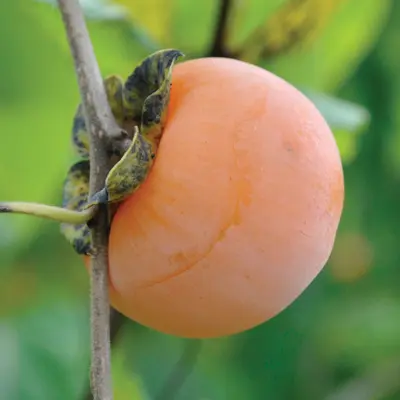
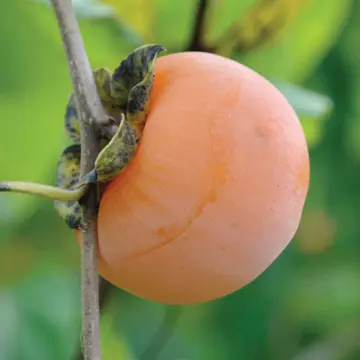
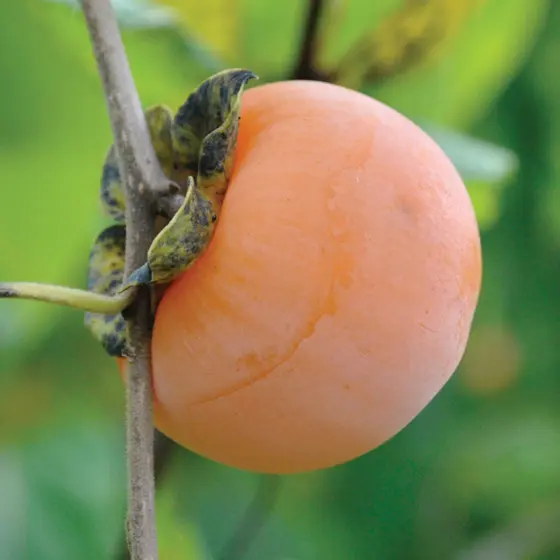
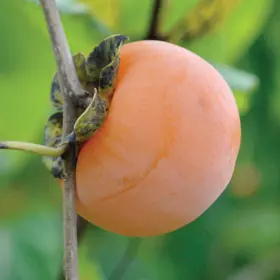
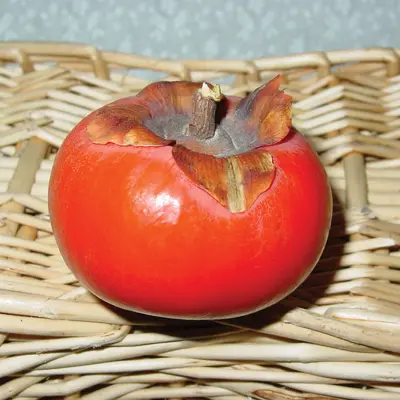
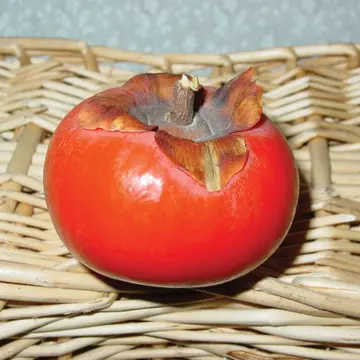
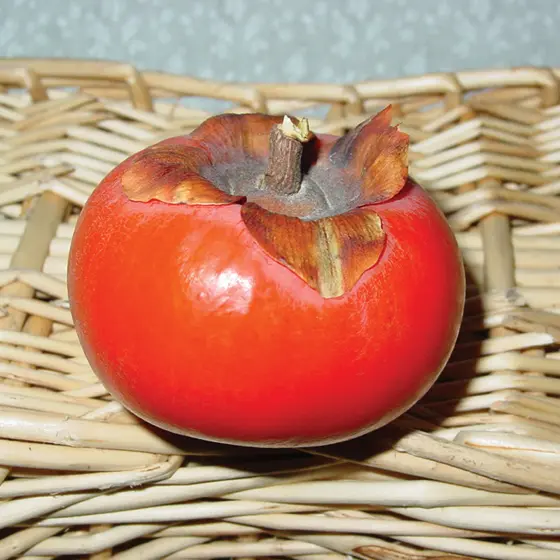
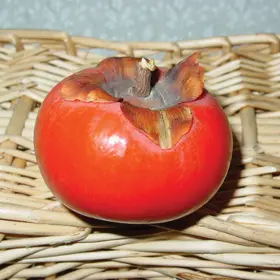
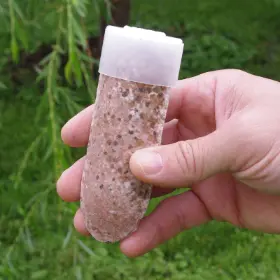
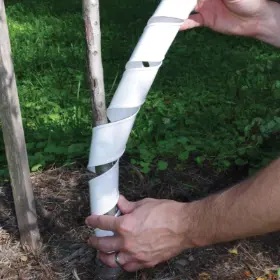

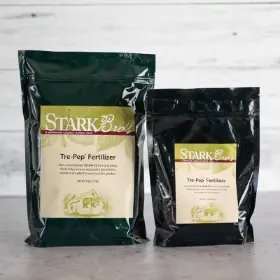
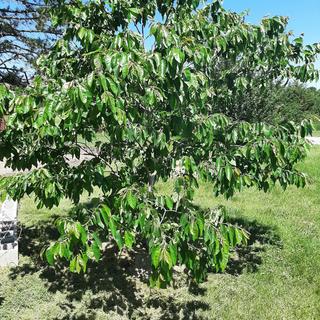
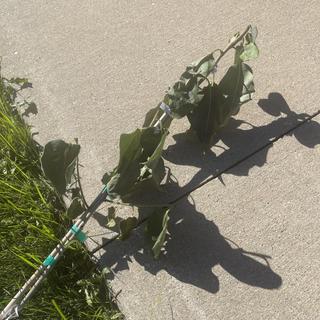
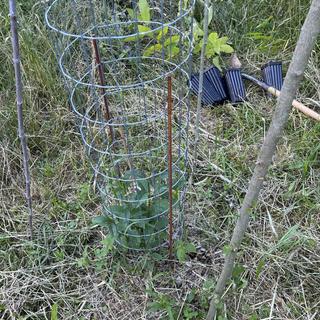
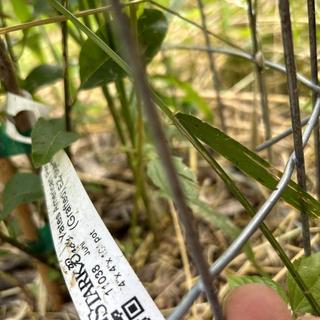
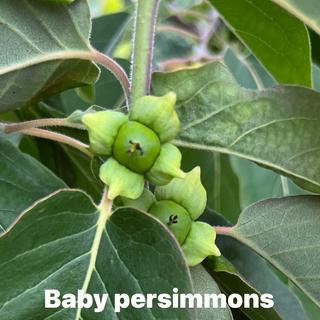
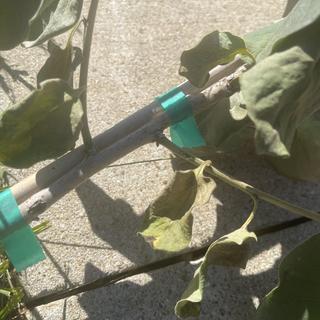

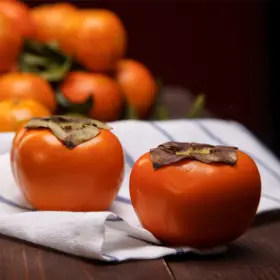
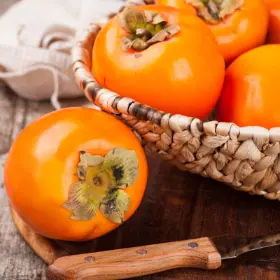
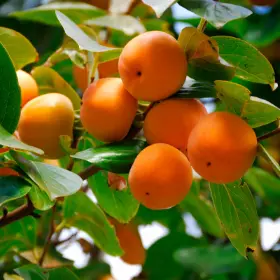
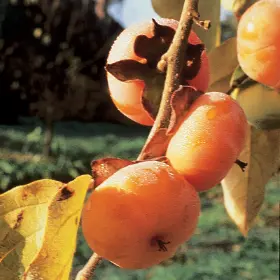
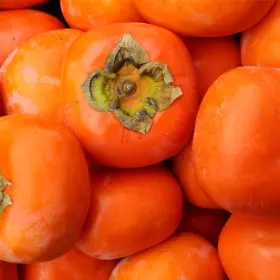
I love our native fruit trees and this at least similar to them
I have other American persimmons that haven’t fruited yet. Eager to try yours.
I grew up picking persimmons in a grove at a picnic spot along an old highway in eastern Kansas, within 30 miles of the Missouri line. Enough frost gave you that burst of apricot-like creaminess, but…
Because I needed trees for a wet area